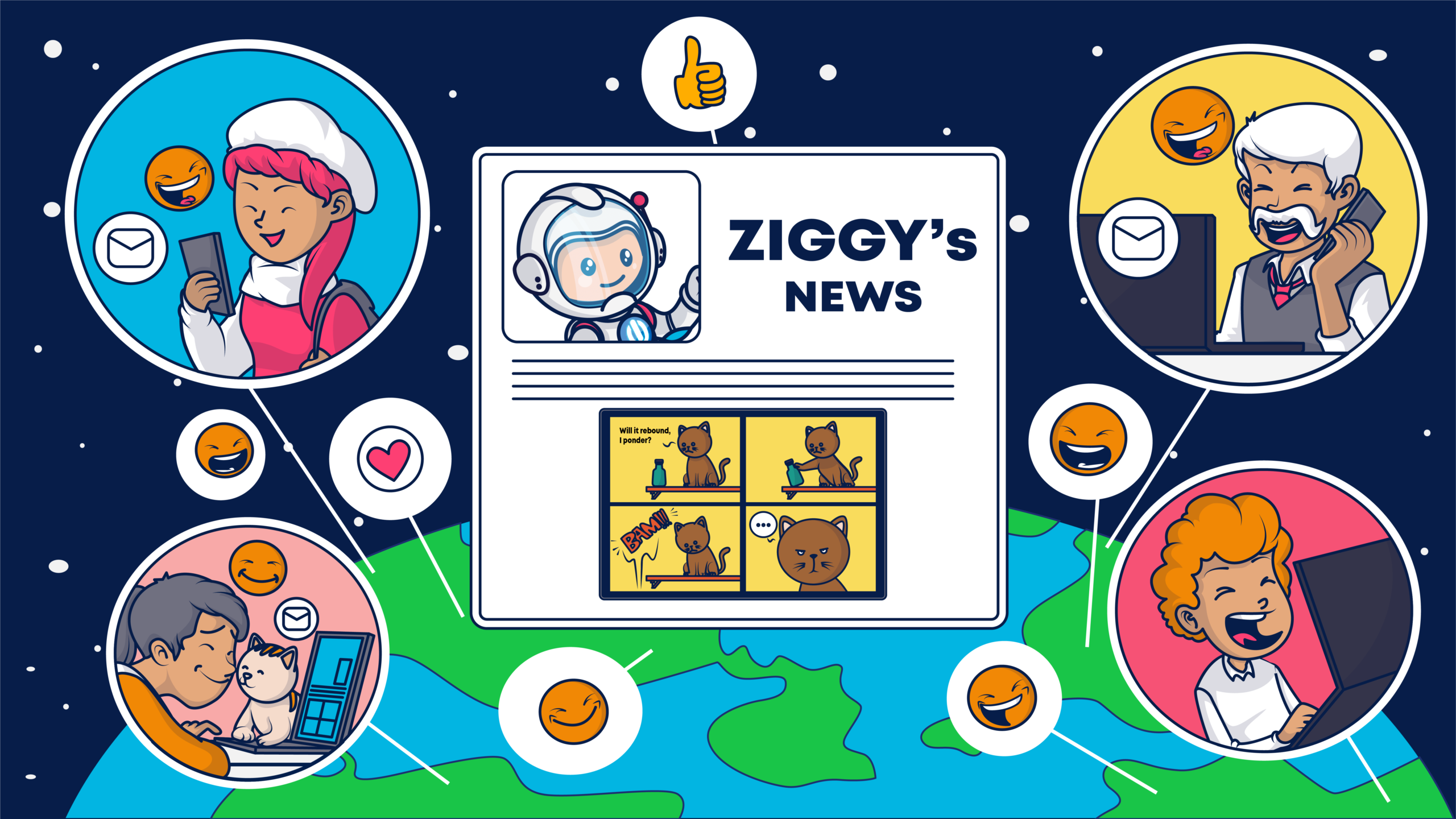The email marketing industry is filled with reports and data about email performance and best practices for campaign optimization. However, one area of email performance tends to be overlooked by many email marketers and is rarely included in industry statistics – unsubscribe activity. While marketers tend to look at their opt-out rate, many don’t look much deeper at their own opt-out statistics, let alone larger industry data sets.
Many marketers focus most of their attention on ‘positive’ performance metrics (like opens, clicks, and conversion rates) in their campaign optimization efforts. However, examining and acting on negative marketing signals (like unsubscribes, bounce rates, and spam reports) can be very impactful in optimizing future campaigns.
This year, OPTIZMO, the industry leader in email compliance and suppression list management technology, has released a series of infographics that provide insights into email opt-out activity across the industry. The infographics are based on a sample data set of nearly 200 million email opt-out requests processed by the company over a 14-month period from February 2017 through April 2018. The goal of the series is to provide a more holistic view of opt-out activity than has been publicly available to the industry in the past.
Each infographic in the three-part series has focused on a different aspect of opt-out activity.
#1 – Where
The initial infographic in the series focuses on WHERE opt-out requests came from. This includes geography and email domain data. Not surprisingly, the U.S. accounted for the vast majority of opt-outs (85.8%), but the email services most commonly used for opt-out requests may surprise you.
Why should I care? Understanding if certain email platforms deliver higher than typical opt-out rates may provide new insights for upcoming campaigns. If your unsubscribe rate is abnormally high in a specific country, maybe the content isn’t tailored for this unique audience (even if your open rate is in line with other campaigns). Remember that opt out requests is another KPI worth considering, on top of the “positive” ones.
#2 – What
The second infographic in the series focuses on WHAT technology is tied to each opt-out request. The data covers device types, browsers, and operating systems connected to the opt-out requests. The top four internet browsers accounted for over 98% of all opt-out requests.
Why should I care? By looking at the browsers and other technology that are used in typical opt-out scenarios, you may identify additional ways to better target your campaigns to different audience groups.
It’s possible to look at it from a different angle. Say that your opt-out rate is actually quite low on iOS devices. Before celebrating, keep in mind that unsubscribes aren’t necessarily your enemy. If your unsubscribe link and page aren’t working properly on iOS devices, you may be exposed to more complaints, which are tenfold worse than some unsubscribes.
#3 – When
The most recent infographic looks at WHEN opt-out activity occurs. Statistics on the day of the week, hour of the day, and a few major holidays is included. The least busy hour of the week for opt-out activity is Sunday from 2-3AM (EST).
Why should I care? This data can be helpful in planning the timing of your next campaign, with an eye toward minimizing opt-outs. Conversely, if you are confident in your content, take advantage of this info by sending emails at the time when users tend to unsubscribe. This is when they are engaged with their inboxes.
—
In addition to everything written here, each infographic includes callouts for interesting facts and data points. What’s the one continent that has yet to deliver an opt-out request? How many browsers are generating opt-out activity? And which day of the week accounts for the most opt-out requests on average (it might not be the one you would expect)?
Download each of the infographics from OPTIZMO’s website.
About OPTIZMO:
OPTIZMO Technologies is the recognized thought-leader in the email and online marketing space for email suppression list management, email campaign management, data management, and risk mitigation services relative to email compliance.














